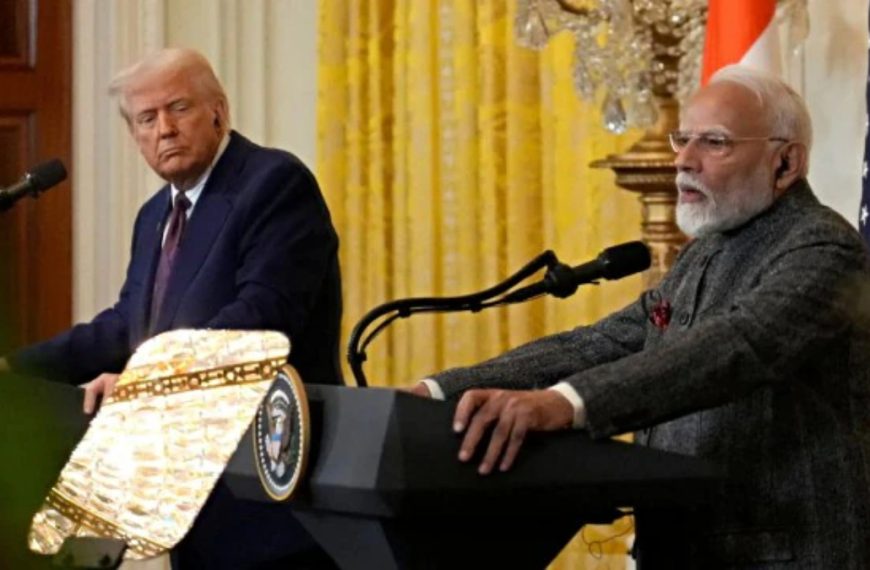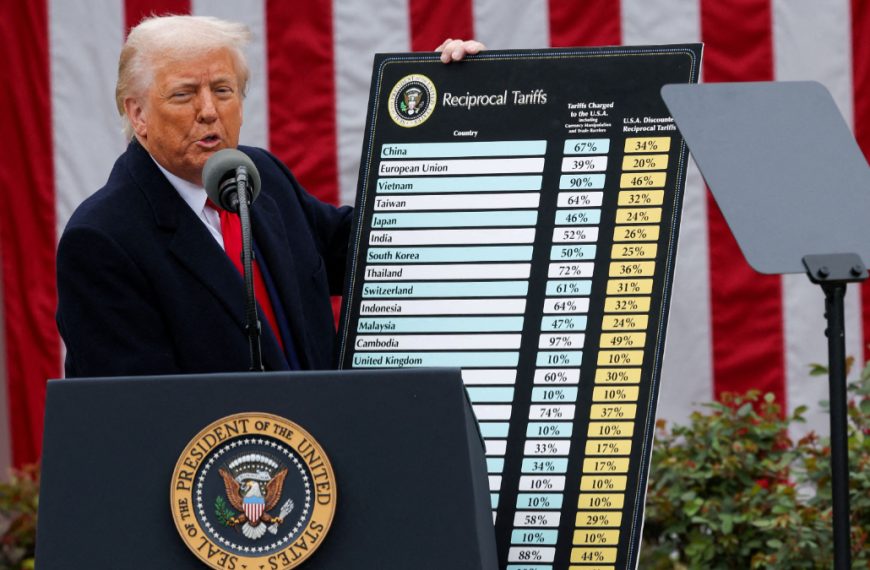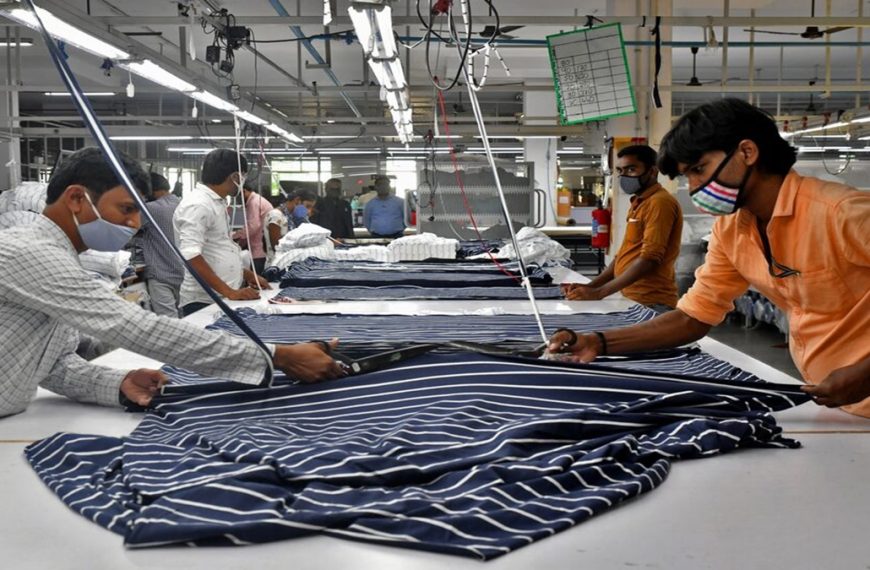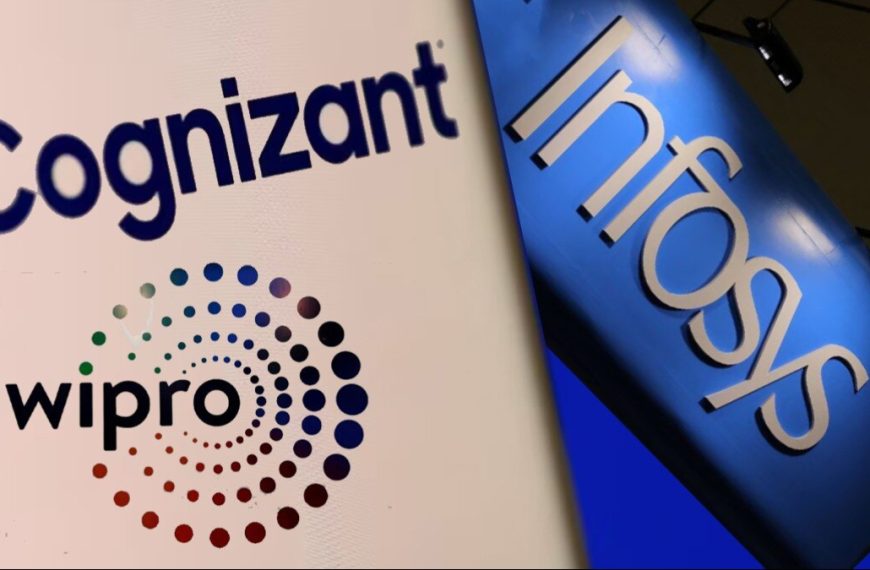The global market is on high alert as President Donald Trump prepares to announce a significant tariff strategy, coinciding with Liberation Day. This new plan adds to existing tariffs impacting aluminum, steel, and automobiles, while also increasing duties on a wide range of imports from China. As the situation unfolds, many are left wondering how these changes will influence India and what potential strategies the country might employ in response.
Assessing India’s Tariff Options
India faces the possibility of being one of the most affected nations due to reciprocal tariff disparities. However, certain vital sectors, such as automobiles, pharmaceuticals, and electronics, are in a stronger position than initially anticipated. Conversely, industries like apparel and gems and jewelry may experience a more significant impact.
Gaura SenGupta, Chief Economist at IDFC First Bank, points out that increasing crude oil imports could ease some of the pressure. She notes, “The tariff differentials on agricultural goods are particularly high, at 55.6%. Our calculations suggest that India could lower tariffs in this area, which comprises 4.4% of total imports from the U.S. Other sectors ripe for tariff reductions include pharmaceuticals, precious stones, electrical machinery, and transport vehicles. Additionally, increasing crude oil imports from the U.S., which currently represents 31% of India’s total U.S. imports, could be beneficial.”
Exploring Trade Flexibility
Garima Kapoor, an economist and Executive Vice President at Elara Capital, emphasizes that a practical approach for India would involve granting greater access to American products while negotiating new trade agreements. She believes that reducing tariffs and gradually opening the economy will yield long-term benefits for India.
Country-Level Tariff Discussions
Many industry experts contend that the Trump administration frequently employs tariff threats as leverage to secure concessions from affected nations. However, as economists from Emkay Global suggest, “Accepting these concessions is not the sole route available to India.”
According to Manoranjan Sharma, Chief Economist at Infomerics Ratings, it’s crucial to understand that “not all trade is free,” as highlighted by renowned economist Dani Rodrik. He argues that India’s high tariffs are compliant with World Trade Organization (WTO) standards. The significant tariff discrepancies with the U.S. could lead to an estimated $7 billion loss in exports annually (approximately 0.18% of GDP) if broad tariffs reach 10%. This figure could escalate to $31 billion under a 25% tariff scenario. Given the complexities of implementing sector-specific tariffs, a broader country-level tariff approach by the U.S. seems plausible.
Leveraging the Pharma Sector
The U.S. remains a critical player in the global economy, accounting for nearly 30% of worldwide spending and holding a staggering $5 trillion in foreign direct investment. Economists at Emkay argue that India possesses some leverage over the U.S. in select areas of their trade relationship. They suggest that India might need to use its pharmaceutical sector strategically to negotiate concessions without harming domestic production.
According to Emkay’s analysis, pharmaceuticals ranked as the fifth-highest imported commodity for the U.S. in 2024, totaling $212 billion (6.5% of total imports). India contributed 6% to this figure, approximately $12.5 billion. However, India stands out as the leading exporter of generic drugs globally, supplying 47% of all U.S. generic drug imports by volume.
The U.S. market is vital for India’s pharmaceutical industry, with 37% of its pharmaceutical exports directed to the U.S. The low-cost production of Indian pharmaceutical products makes them appealing to American consumers, making it challenging to find alternatives. Emkay highlights that the significance of Indian generics is underscored by the fact that India has accounted for over a third of all U.S. FDA authorizations in recent years.
Conclusion
Given the critical role of Indian generics in the U.S. pharmaceutical landscape, any potential tariff imposition could adversely affect American consumers. It is essential for India to communicate this effectively to the U.S. administration, emphasizing the mutual benefits of maintaining a strong trade relationship in pharmaceuticals.











